Summary | Excerpt | Reading Guide | Reviews | Beyond the Book | Readalikes | Genres & Themes | Author Bio
The Triumphant Story of the All-Black Musical that Changed the World (aka Footnotes)
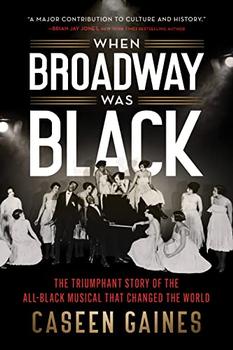
Critics' Opinion:
Readers' Opinion:
First Published:
May 2021, 352 pages
Paperback:
Feb 2023, 352 pages
 Book Reviewed by:
Book Reviewed by:
BookBrowse First Impression Reviewers
Buy This Book
And as expected, once the number ended, the theater exploded. Hundreds jumped to their feet and began chanting at the top of their lungs, drowning out the next few lines of dialogue. As Sissle, Miller, and Lyles got ready to make their mad dash uptown, the words came into focus—Encore! Encore! Encore! Encore!
It was unrelenting, and Blake, ever the crowd-pleaser, nodded his bald head, swung his baton, and struck the band up for a reprise. "Love Will Find a Way" was the centerpiece of an otherwise innocent love plot that had been taboo because of the color of the characters' skin, but now, it didn't just go over well—it killed. The response from the mostly white audience not only validated the artistic vision of the show's creators but also their humanity, as the public accepted that the Black characters onstage were just as capable of possessing genuine emotions as the spectators watching them. In 1921, this was a revelation. Sissle, Miller, and Lyles let out shaky laughs and made their way back inside the theater. The color line hadn't been completely erased, but the men were content with it having become blurred. Maybe, just maybe, they'd make it through the rest of this night alive after all.
The show continued without incident, and when the act was over, Eubie Blake sprang out of the makeshift pit and ran backstage to share in the excitement he was sure his partners were feeling. It turned out they weren't only ecstatic—they were relieved. Sissle, Miller, and Lyles had a good laugh when they shared how nervous they'd been, how they'd waited at the side exit, and how they imagined the audience growing hostile, hurling tomatoes and rotten eggs at the easy target of Blake's welcoming head. It was almost time for the conductor to return to the house, but before he left, he made it clear: if any one of them tried to leave him high and dry again, they wouldn't have to worry about the audience—he'd kill them himself.
It was easy to say this was the best "all-colored" show since the days of Williams and Walker, but in actuality, New York had never seen a musical comedy like this before: a fast-moving syncopated jazz score with snappy lyrics, beautiful brown dancers, political satire, and a book that challenged the notion of what was socially taboo while also harkening back to America's familiar, albeit increasingly antiquated, tradition of minstrelsy. When the curtain closed for the final time that evening, Sissle, Blake, Miller, and Lyles had accomplished what they had been working toward for five months as a collective but for their entire lives as individuals.
They were $21,000 shy of being flat broke, in a venue that was still under construction and seemingly violated every city ordinance in the book, but they'd made it. Now all they had to do was figure out how to stay there. But even if they closed next week, they had done the improbable: returned the Negro to Broadway. And for that, they were sure, they had secured their place in history—and Shuffle Along would never be forgotten.
PART ONE
THE WAY THERE
THE BLACKER THE BAIT
1885–1915
Flournoy Eakin Miller only knew success. He was born and raised in Columbia, Tennessee, the seat of Maury, the state's most affluent county. In 1885, the city was divided into neighborhoods for the rich Blacks, poor Blacks, rich whites, and poor whites, with the Millers living in College Hill with the rest of the better-off African American folks. Their community boasted two doctors, the Black school principal, a Black-owned drug store and two grocery stores, and a newspaper, where Lee Miller, Flournoy's father, was editor. His mother, Mary, was a social worker and elocution teacher. Columbia was a tranquil Southern hamlet to grow up in; the fragrance of honeysuckles scented the air throughout the spring and summer months, and every street was lined with respectable homes, each with a well-manicured front lawn. It was an enclave for the college-educated—Lee had attended Roger Williams University in Nashville—and folks aspired to and were expected to achieve excellence.
Excerpted from When Broadway Was Black by Caseen Gaines. Copyright © 2021 by Caseen Gaines. Excerpted by permission of Sourcebooks. All rights reserved. No part of this excerpt may be reproduced or reprinted without permission in writing from the publisher.
When first published in hardcover in 2021, this book was titled Footnotes: The Black Artists Who Rewrote the Rules of the Great White Way. In paperback, it was renamed, When Broadway Was Black: The Triumphant Story of the All-Black Musical that Changed the World. The reviews below were written ahead of the hardcover edition being published, and thus refer to Footnotes.
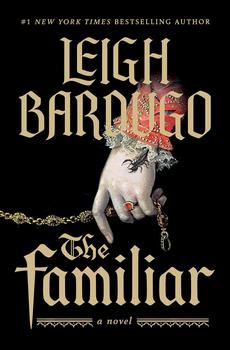
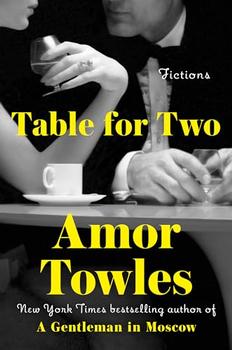
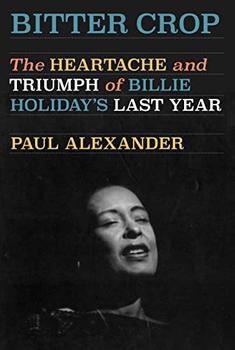
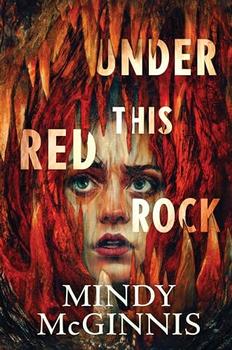
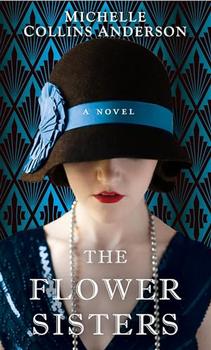
The Flower Sisters
by Michelle Collins Anderson
From the new Fannie Flagg of the Ozarks, a richly-woven story of family, forgiveness, and reinvention.
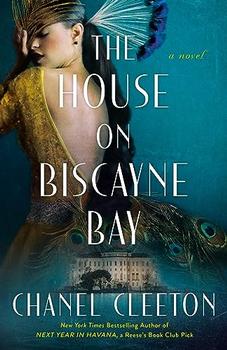
The House on Biscayne Bay
by Chanel Cleeton
As death stalks a gothic mansion in Miami, the lives of two women intertwine as the past and present collide.

The Funeral Cryer by Wenyan Lu
Debut novelist Wenyan Lu brings us this witty yet profound story about one woman's midlife reawakening in contemporary rural China.
Your guide toexceptional books
BookBrowse seeks out and recommends the best in contemporary fiction and nonfiction—books that not only engage and entertain but also deepen our understanding of ourselves and the world around us.